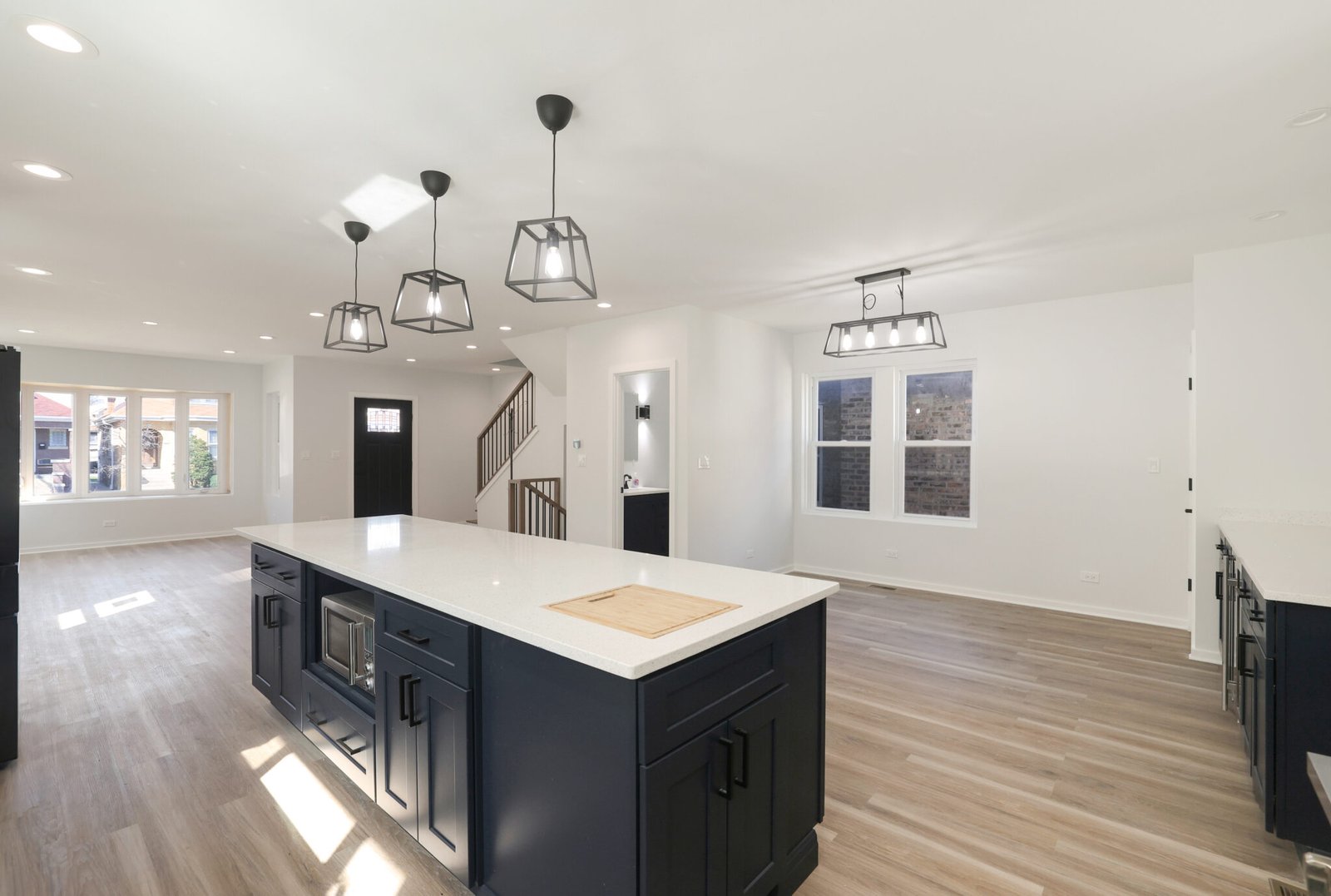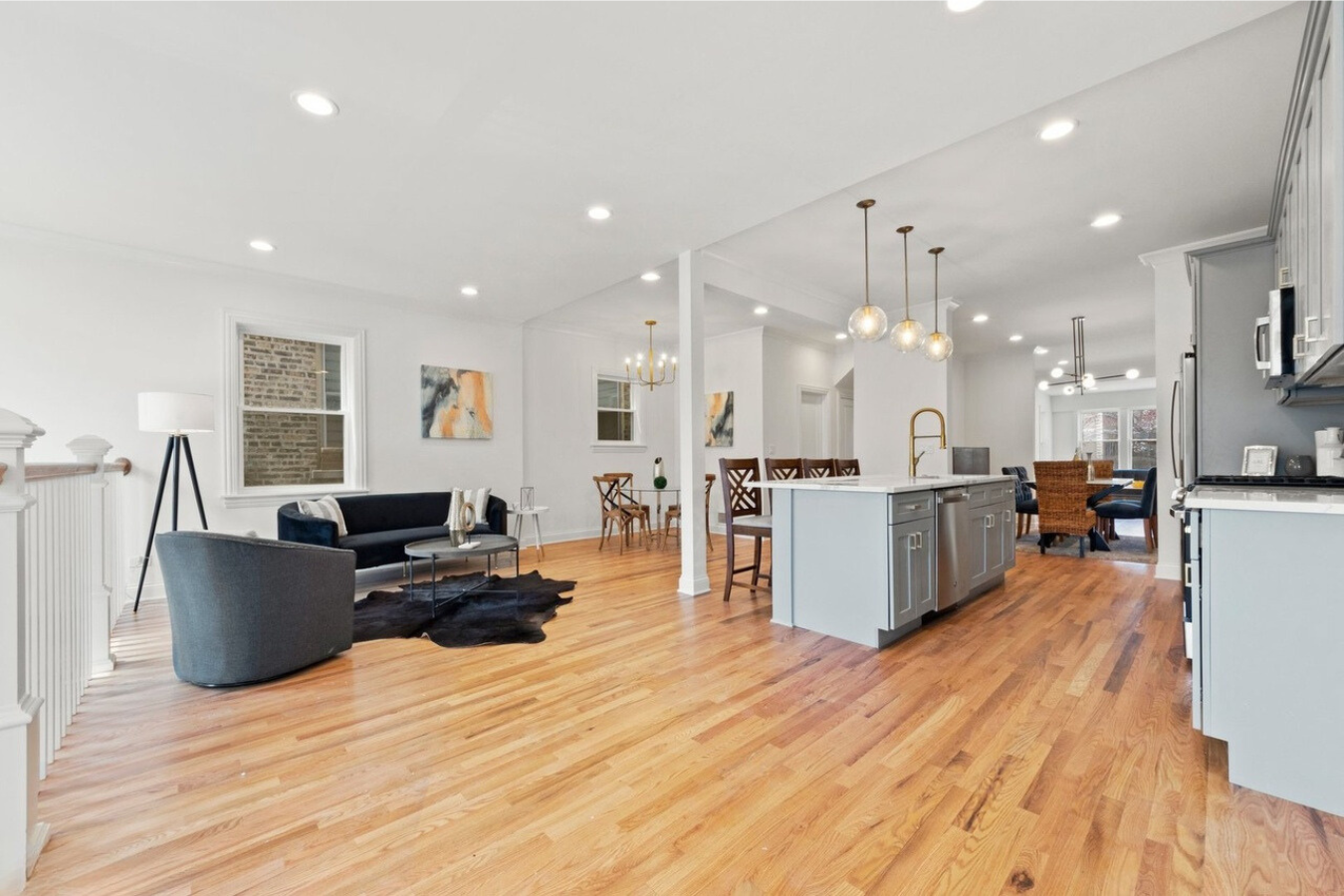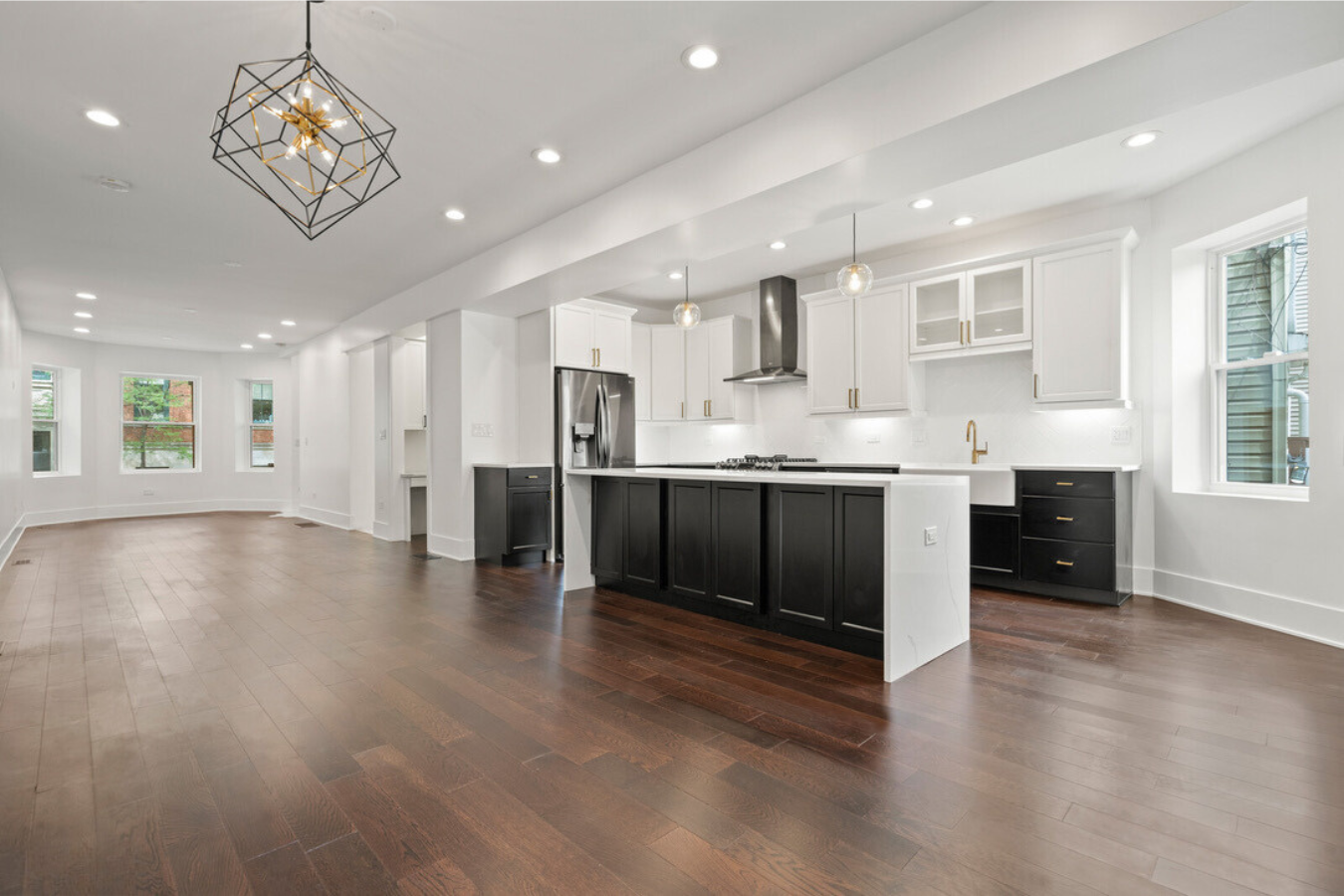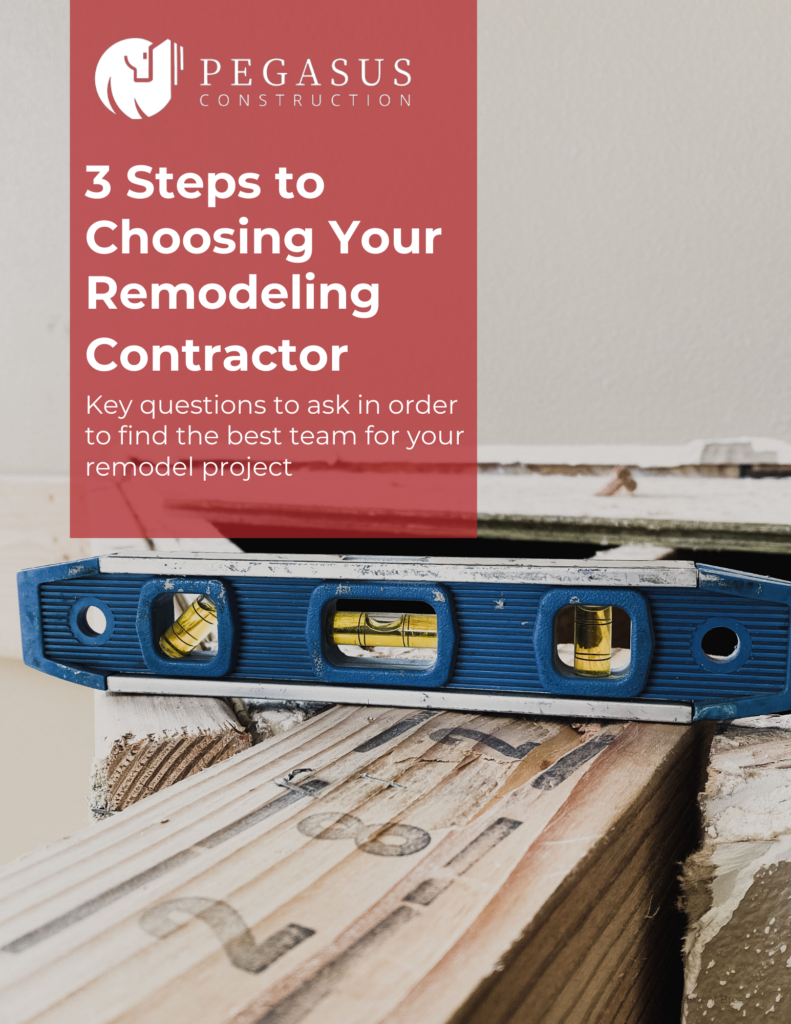
Understanding the Benefits of Metal Roofing for Homeowners – A Comprehensive Guide
Metal roofing has steadily become a popular choice for homeowners seeking a durable, energy‐efficient, and elegant roofing solution. In this article, you will learn how metal roofing can improve home protection, enhance aesthetic appeal, and provide remarkable longevity compared to traditional roofing materials. Today’s homeowners are increasingly looking for roofing systems that are resistant to extreme weather conditions, eco-friendly, and low-maintenance over time. Moreover, companies like pegasus builds have been at the forefront of exterior remodeling, integrating innovative techniques with the advantages of metal roofing. Metal roofing answers these needs by offering superior strength, lightweight construction, and versatile design options that can suit a variety of architectural styles. Drawing upon industry data and peer-reviewed studies, this guide explains in detail the benefits of metal roofing and addresses key questions about style, material types, installation, maintenance, and selecting reliable contractors.
Metal roofs are typically installed on homes to replace conventional asphalt shingles or clay and slate tiles. Their exceptional performance in terms of wind resistance, fire rating, and energy efficiency has been well-documented by researchers and construction experts alike. For instance, studies have shown that metal roofs can reduce energy consumption by reflecting solar radiation, especially when coupled with reflective coatings. With a lifespan ranging from 40 to 70 years—sometimes even exceeding 100 years—metal roofs provide a return on investment that many traditional roofing systems simply cannot match.
In the following sections, you will find answers to common questions regarding the benefits of metal roofing, key factors when choosing a style, a detailed comparison of different types of metal roofing materials, insights on color and finish options, guidance on proper installation and maintenance, and tips for finding reliable contractors. This comprehensive approach ensures that you, as a homeowner, can confidently understand the technical, economic, and aesthetic aspects of a metal roof before making a renovation decision.
How Does Metal Roofing Benefit Homeowners?
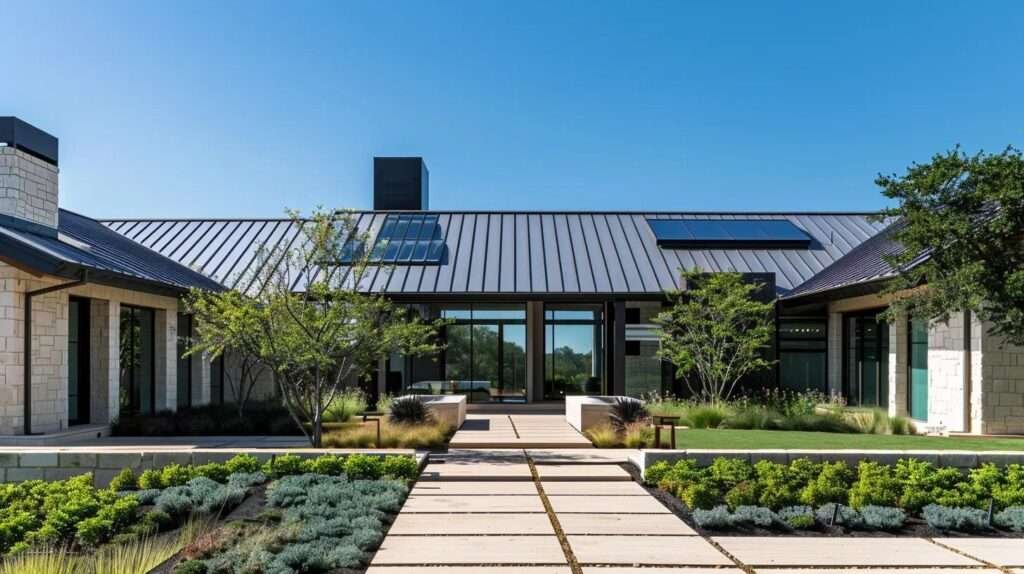
Metal roofing provides multiple benefits that cater to modern homeowners’ needs. It answers the call for a product that offers high durability, reduced maintenance costs, excellent energy efficiency, and a positive long-term investment. First, metal roofs offer superior resistance to adverse weather conditions, such as high winds, hail, and heavy snow—attributes that are critical in extreme climates. For example, studies indicate that metal roofs can withstand wind speeds exceeding 140 mph, making them ideal for areas prone to hurricanes or tornadoes.
Moreover, metal roofing is designed to reflect solar radiation, which can reduce cooling costs by up to 25% in hot climates. Its sleek and modern appearance also enhances curb appeal, potentially increasing property value. Additionally, metal roofs are environmentally friendly because many metal roofing products are made from recycled materials and are 100% recyclable at the end of their lifespan. This sustainability is another attractive feature for homeowners who are mindful of their ecological footprint.
What Key Factors Should You Assess When Choosing Metal Roofing Styles?

When choosing a metal roofing style, several factors come to the forefront of a sound decision. You must consider architectural style, climate, installation complexity, and long-term performance. One of the first steps is to assess the architectural style of your home. Do you prefer the modern sleek look offered by standing seam metal roofs, or would you rather maintain a more traditional aesthetic with metal shingles that mimic the appearance of wood or slate?
Next, evaluate how local weather conditions will impact your roof. Metal roofing is particularly advantageous in regions exposed to heavy snow, frequent rain, or high winds because of its structural integrity and secure fastening systems. In addition, the roof’s insulation and reflective properties are significant factors. Coated metal roofs provide additional resistance to UV rays and help maintain indoor temperatures, thereby reducing your energy bills.
Installation and maintenance costs should also be taken into account. While metal roofing materials may have a higher upfront cost than asphalt shingles, the lower maintenance requirements and extended lifespan often justify the investment over time. Moreover, many metal roofing systems come with warranties ranging from 20 to 50 years, ensuring long-term protection and peace of mind.
How Do Different Types of Metal Roofing Materials Compare?

Different types of metal roofing materials provide varying levels of performance, aesthetics, and costs. The most common options include steel, aluminum, copper, and zinc. Each material offers unique benefits, so understanding their properties is crucial for the optimal selection for your project.
Comparison of Metal Roofing Materials
| Material | Strength & Durability | Resistance to Corrosion | Aesthetic Appeal | Typical Lifespan |
|---|---|---|---|---|
| Steel | High strength; rigid | Galvanized/coated for corrosion protection; excellent for harsh climates | Versatile; available in many finishes and colors | 40 to 70+ years |
| Aluminum | Lightweight; moderate strength | Naturally corrosion resistant; ideal for coastal regions | Sleek, modern look | 30 to 50 years |
| Copper | Exceptionally durable; malleable | Develops patina over time; highly resistant to corrosion | Elegant, high-end finish | 80 to 150+ years |
| Zinc | Excellent durability; low maintenance | Self-healing surface; very corrosion resistant | Unique and evolving patina | 80 to 100+ years |
Before deciding, consider your local environmental conditions and budget. For instance, in coastal areas where salt corrosion is a major concern, aluminum or zinc might be more appropriate. In contrast, copper is usually reserved for luxury installations due to its premium cost and distinctive aged patina. Steel remains the most popular choice because of its balance between performance and affordability, especially when treated with protective coatings such as Galvalume.
What Color and Finish Options are Available for Metal Roofing?
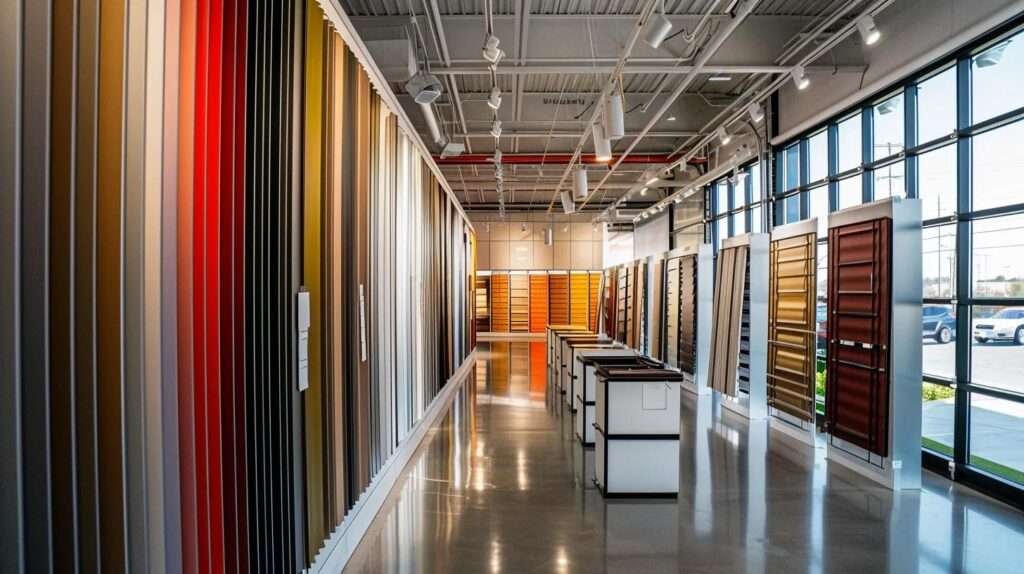
Color and finish are vital as they directly impact the roof‘s energy efficiency and overall look of your home. Metal roofs are available in an extensive range of colors and finishes—from matte and gloss to textured, each serving a specific aesthetic and functional
.
How Do Colors and Finishes Impact Energy Efficiency?
The color of your metal roof influences its solar reflectance and thermal emittance properties. Light colors such as white or light gray tend to reflect more solar energy, thereby reducing heat absorption and lowering cooling costs. Conversely, darker colors absorb more heat, which might be beneficial in cooler climates where additional warmth is desired. Furthermore, finishes like metallic, rustic, or wood-look coatings can match your home’s design while adding another layer of protection against UV degradation. Reflective coatings not only protect the roof but also contribute to enhanced durability by reducing thermal expansion and contraction. For more information about remodeling services, visit our
.
What Are the Design Considerations for Metal Roof Finishes?
When selecting color and finishes, consider the architectural style and surrounding environment. Many modern residential projects favor sleek, contemporary hues that complement minimalist designs, while traditional homes might benefit from earthier tones and textured finishes that mimic materials like slate or wood. The availability of customization options ensures that your metal roof complements both the style of your home and the environmental conditions unique to your area.
How Should Metal Roofing be Installed and Maintained?
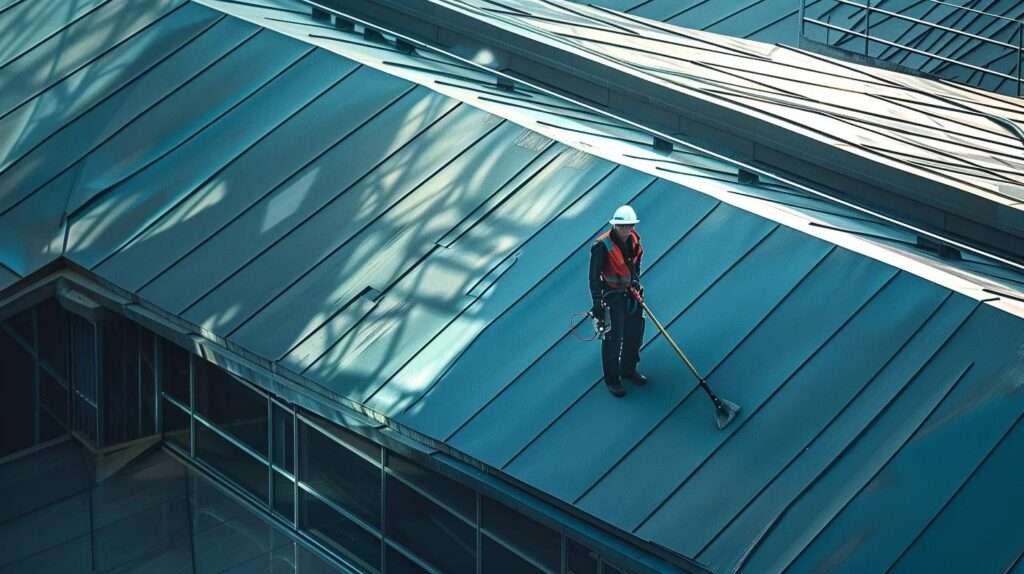
Proper installation and maintenance are crucial to maximizing a metal roof’s longevity and performance. The installation process demands precision, from the prep work on the substrate to the final fastening of the metal panels, as any misalignment can compromise the system’s overall efficacy. Typically, metal roofs are installed over a layer of underlayment, ensuring waterproofing and insulation while allowing the metal to expand and contract naturally.
What Are Best Practices for Metal Roofing Installation?
Experts recommend hiring experienced roofing contractors who understand the unique properties and installation requirements of metal roofing. The process involves several steps: – Surface Preparation: Ensuring the roof deck is smooth, dry, and adequately insulated. – Underlayment Application: Installing a high-quality underlayment to act as a moisture barrier. – Panel Installation: Securing metal panels using fasteners that are corrosion-resistant and suitable for the roofing material, such as screws with neoprene washers. – Flashing and Sealing: Properly installing flashing around roof penetrations, valleys, and edges to prevent water intrusion.
Following these steps minimizes the risk of leaks and structural damage while ensuring optimum performance.
How Can You Maintain a Metal Roof Over Time?
Routine maintenance of a metal roof is essential to address minor issues before they escalate. Annual inspections, particularly after severe weather events, can help identify loose fasteners, damaged panels, or areas where the protective coating may have worn off. Cleaning the roof periodically to remove debris, algae, or moss will further prolong its lifespan. Homeowners should also inspect gutters and downspouts to guarantee proper drainage, thereby minimizing water pooling and potential corrosion.
Manufacturers typically provide detailed maintenance guidelines specific to the roofing material used. Adhering to these instructions, alongside scheduled professional check-ups, will maximize the metal roof’s durability and energy efficiency for many decades.
How Can You Find Reliable Contractors for Metal Roofing Projects?

Selecting a trustworthy contractor is pivotal in ensuring a high-quality metal roofing installation. Homeowners should seek contractors who have extensive experience with metal roofing and a track record of successful installations in similar climatic conditions. Begin by asking for recommendations from neighbors, checking online reviews, and verifying the contractor’s credentials and certifications. Contractors who offer comprehensive warranties and post-installation support can often provide the additional assurance needed for such a significant investment.
What Qualifications and Certifications Should You Look For?
Look for contractors who are members of recognized industry associations such as the Metal Roofing Alliance or have certifications from manufacturers. These credentials indicate that the contractor follows best practices for safety and installation. Additionally, ask for case studies or examples of previous projects, and confirm that they carry sufficient liability insurance. Engaging multiple contractors for consultations and comparing their proposals not only ensures competitive pricing but also reveals each contractor’s level of professionalism and expertise.
How Do You Evaluate Contractor Proposals?
When evaluating proposals, pay attention to: – Detailed scope of work and materials used. – Project timelines, including key milestones. – Breakdown of costs and warranty information. – Customer testimonials and references. – After-service support and maintenance options.
Evaluating these criteria will help you make an informed decision that aligns with your project goals and budgetary constraints.
What Are the Environmental and Economic Benefits of Metal Roofing?

Metal roofing is increasingly recognized not only for its durability but also for its positive impact on the environment and its sound economic performance over time. Environmentally, metal roofs are energy efficient and can significantly lower cooling costs by reflecting solar radiation. Up to 25% reduction in energy costs has been demonstrated in various studies, particularly in warmer climates. Moreover, the recyclability of metal roofing materials and the use of recycled content contribute to reduced landfill waste and decreased demand for virgin raw materials.
How Does Metal Roofing Provide Economic Advantages?
From an economic perspective, while metal roofs are more expensive upfront compared to traditional asphalt shingles, their longevity ensures that homeowners incur fewer replacement and maintenance costs over the years. Additionally, the enhanced durability and resistance to extreme weather conditions translate into lower repair costs. The increased energy efficiency can also lead to long-term savings on utility bills. Homeowners benefit from a higher return on investment due to the extended lifespan—often 2 to 3 times longer than conventional roofing. Furthermore, many insurance companies offer discounts for metal roofs because of their superior performance in mitigating damages during storms and fires.
Frequently Asked Questions

Q: How long can a metal roof typically last? A: Metal roofs can last between 40 and 70+ years, depending on the material and maintenance. For instance, copper roofs may exceed 100 years, while galvanized steel roofs generally last around 40-70 years when properly installed and maintained. For more information, check out our faq.
Q: Can metal roofs help reduce energy costs? A: Yes, metal roofs with reflective coatings can reduce cooling costs by reflecting solar radiation. Studies have indicated up to a 25% reduction in energy bills, especially in warm climates.
Q: Is metal roofing suitable for all climates? A: Metal roofing is adaptable to various climates. Its durability and wind resistance make it ideal for areas with extreme weather, while its reflective properties benefit hot climates by reducing heat absorption.
Q: What maintenance does a metal roof require? A: Maintenance for metal roofs involves routine inspections, especially after severe weather, cleaning debris and algae, checking fasteners, and ensuring proper drainage through gutters. Annual professional inspections can help prolong the roof’s lifespan.
Q: How do I choose the right contractor for metal roofing? A: Look for contractors with specific expertise in metal roofing, verified credentials, positive reviews, and adequate warranty offerings. It’s advisable to obtain multiple estimates and request references to make an informed decision.
Q: Are metal roofs environmentally friendly? A: Absolutely. Metal roofs are energy efficient, reduce cooling costs, are often made with recycled materials, and are fully recyclable at the end of their lifespan, reducing their overall environmental impact.
Q: Does a metal roof increase my home’s resale value? A: Yes, the longevity, improved energy efficiency, and modern aesthetic of metal roofs can boost your home’s resale value. Many buyers find the lower long-term maintenance costs and enhanced durability very appealing.
Key Takeaways
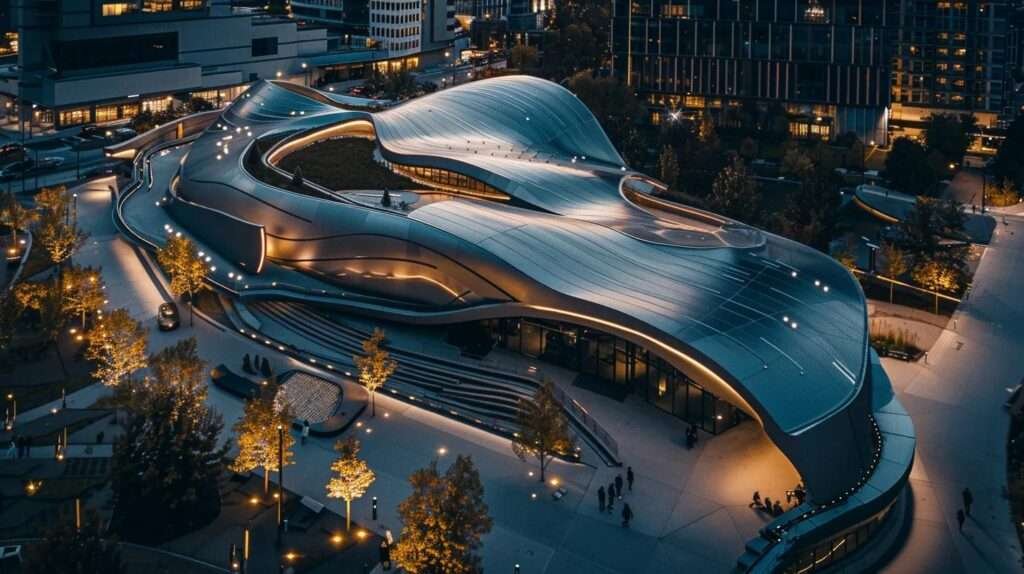
- Metal roofing offers superior durability, energy efficiency, and a long lifespan, making it an excellent investment.
- When selecting metal roofing, consider the material, architectural style, local climate, and installation quality.
- Different metal roofing materials such as steel, aluminum, copper, and zinc each offer unique benefits.
- Proper installation, regular maintenance, and selecting a reputable contractor are critical to optimizing performance and longevity.
- Metal roofs provide eco-friendly benefits through energy savings and recyclability, contributing to lower utility bills and reduced environmental impact.
Final Thoughts

You now have a comprehensive understanding of how metal roofing can benefit your home by providing improved durability, energy efficiency, and aesthetic appeal. By carefully assessing material options, installation requirements, and contractor qualifications, you can ensure that your investment yields long-term benefits. The technical advantages combined with the economic and environmental benefits make metal roofing a smart choice for modern homeowners. As you consider your next home improvement project, let this guide serve as a valuable resource in making an informed decision.

